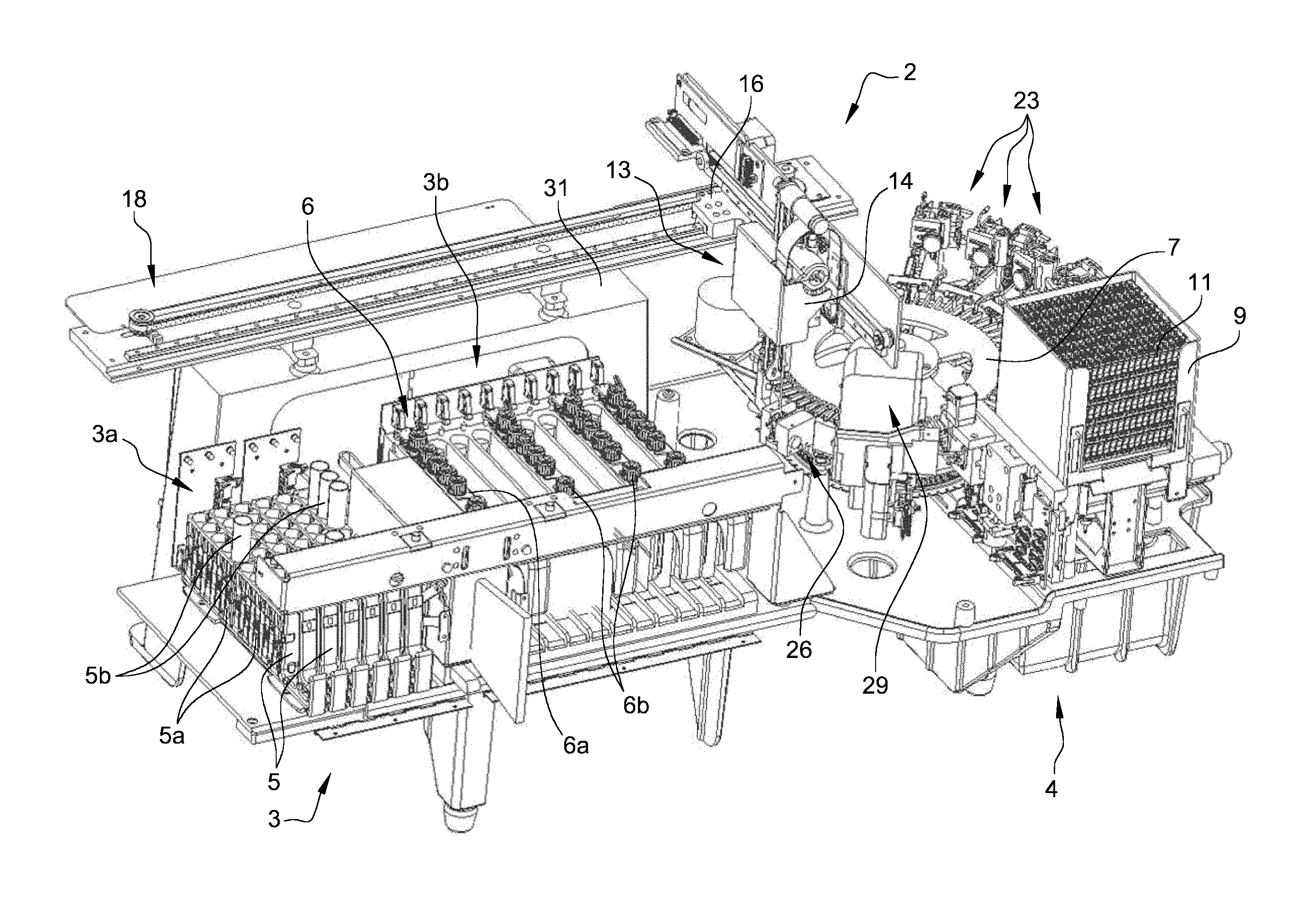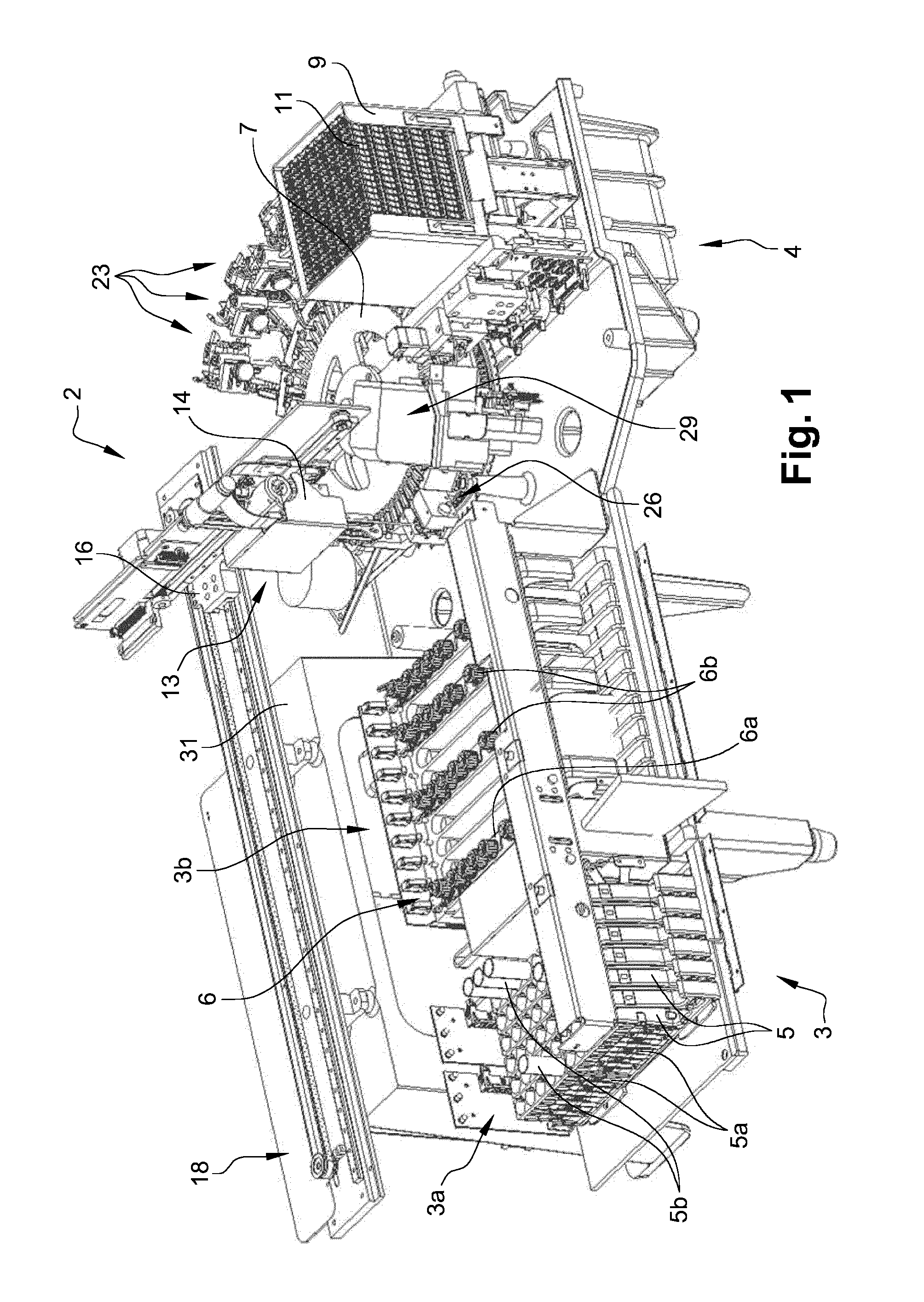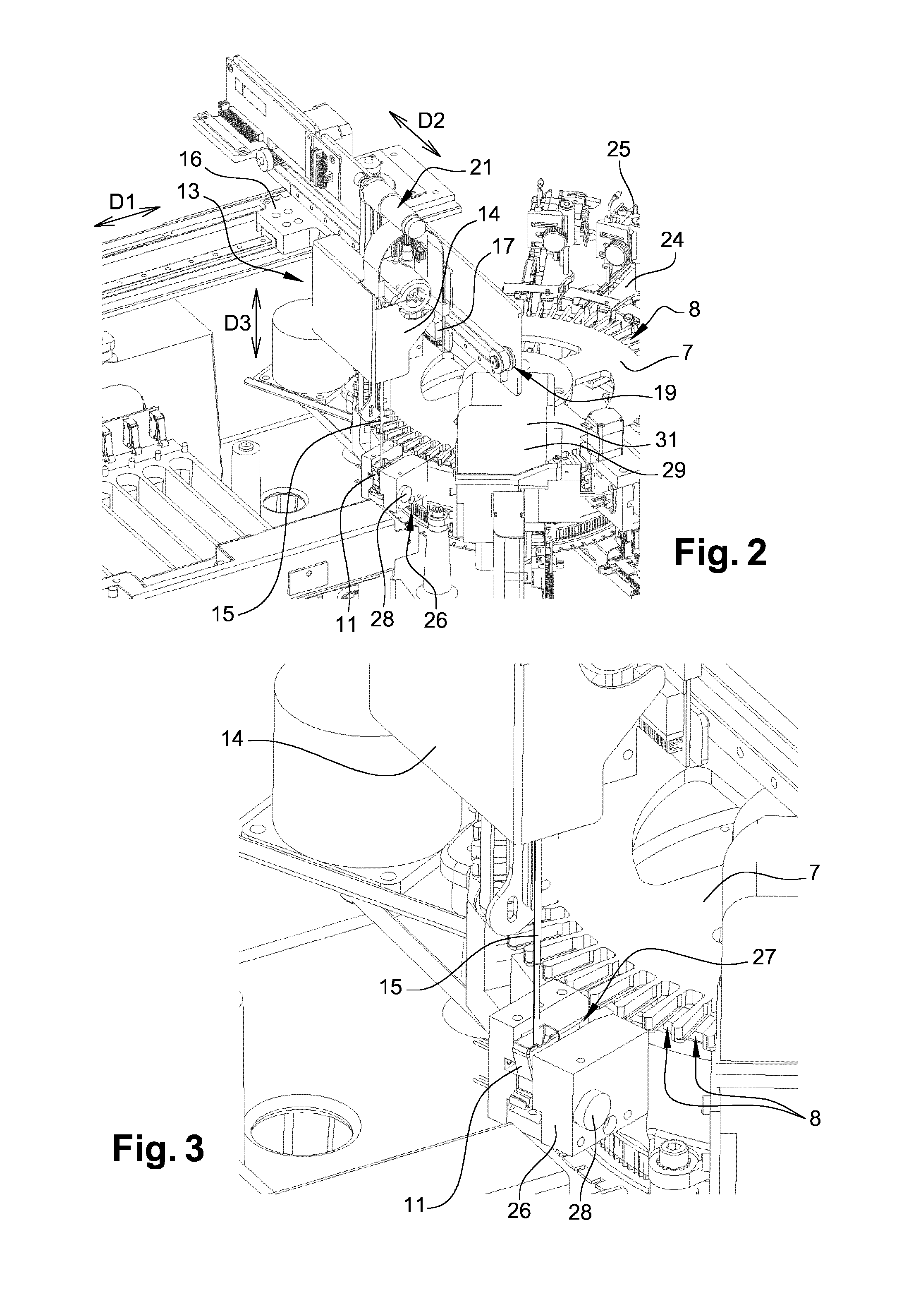A method for quantifying an analyte, and an automatic analytical device configured to implement said method
a technology of analyte and quantification method, which is applied in the field of quantification method and automatic quantification device configured to implement said method, can solve the problems of introducing potential errors and lengthening the method tim
- Summary
- Abstract
- Description
- Claims
- Application Information
AI Technical Summary
Benefits of technology
Problems solved by technology
Method used
Image
Examples
example 1
Measurement of the Amount of 1.25D Concentration in a Sample According to the Invention
[0116]The assay of 1,25D in human blood serves as an excellent indicator of the effectiveness of vitamin D metabolism in the body.
[0117]Development of assay methods for determining levels of 1,25D has been difficult, mainly due to the extremely low concentrations of 1,25D in blood fluids.
[0118]1,25D is well-known for its labour intensive multiple extraction steps prior to analysis on an automated system or using a manual method. Existing extraction methods available in the market today require a large amount of equipment including purification columns, rotator, centrifuge, and nitrogen evaporator. Solvent is often needed. Positive identification of samples is compromised.
[0119]Measurement of 1,25D in a sample according to the invention is started with sample pre-treatment for 1,25D in a first cuvette with sample delipidation. Delipidation is done with 22 μL of 10 g dextran sulphate (50 k),
[0120]Si...
example 2
Measurement of the Amount of 1.25D Concentration in a Sample According to the Previous Known Method
[0129]Delipidate sample in a labeled glass or plastic tube by adding 500 μL sample to tube followed by 50 μL delipidation reagent, comprising 10 g dextran sulphate (50 k), Sigma catalogue number D8787, in one litre of 0.5M magnesium chloride. Mix and centrifuge at 2000 g for 15 minutes.
[0130]Label capsule. Remove capsule screw cap. Add 150 μL of delipidated sample to a capsule containing a suspension of solid phase to which is attached a monoclonal antibody highly specific for 1,25D. Replace cap securely. The capsule is rotated end-over-end for 90 minutes at room temperature to allow the binding of 1,25D to the monoclonal antibody.
[0131]Stand capsule upright for 3-5 minutes allowing gel to settle. Remove screw cap and break off bottom stopper from capsule. Place each capsule in a glass or plastic tube, centrifuge at 500-1000 g for 1 minute.
[0132]The capsule is washed 3× with water, 1 m...
PUM
| Property | Measurement | Unit |
|---|---|---|
| diameter | aaaaa | aaaaa |
| magnetic field | aaaaa | aaaaa |
| volume | aaaaa | aaaaa |
Abstract
Description
Claims
Application Information
 Login to View More
Login to View More - R&D Engineer
- R&D Manager
- IP Professional
- Industry Leading Data Capabilities
- Powerful AI technology
- Patent DNA Extraction
Browse by: Latest US Patents, China's latest patents, Technical Efficacy Thesaurus, Application Domain, Technology Topic, Popular Technical Reports.
© 2024 PatSnap. All rights reserved.Legal|Privacy policy|Modern Slavery Act Transparency Statement|Sitemap|About US| Contact US: help@patsnap.com










